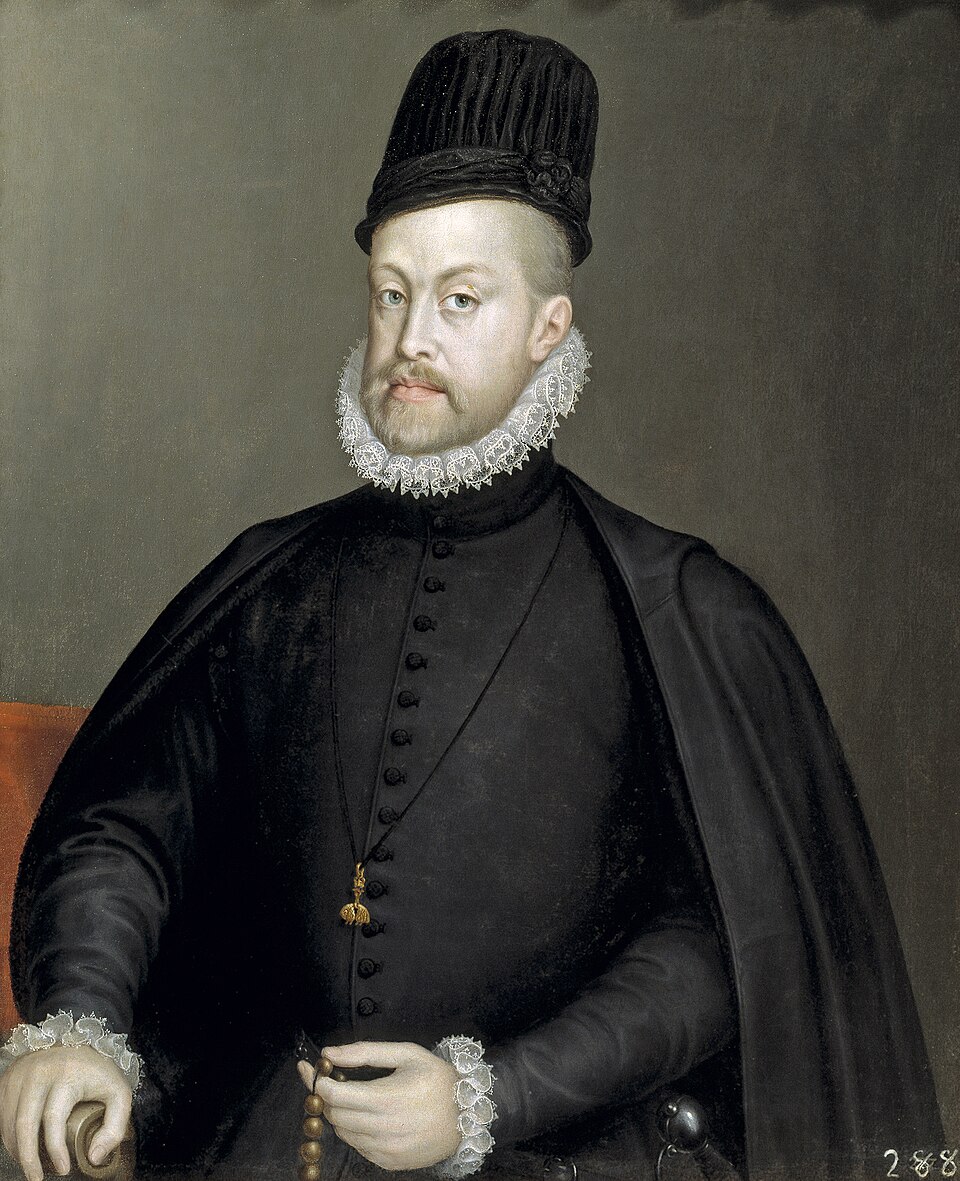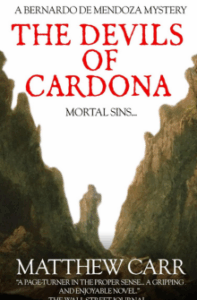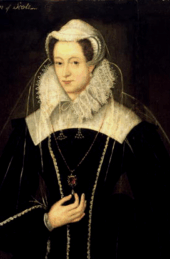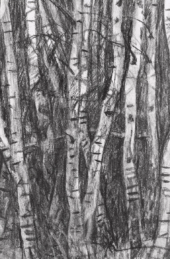From Fact into Fiction: The Origins of The Devils of Cardona
As every historian knows, the past is another country, and documents are the indispensable tools that we use to find our way into it. Wander too far from the paper trail, and history can easily drift into subjective speculation. When I was researching my non-fiction book Blood and Faith: The Purging of Muslim Spain (2009), I relied on the primary and secondary sources that most historians use when recounting the complex history that led to the expulsion of Spain’s Muslim minority in 1609-14.
I read minutes of Council of state meetings; transcripts of Inquisition proceedings; parish records; anti-Muslim diatribes and the few extant letters and texts relating to the expulsion itself. In an episode that took place 400 years ago, these documents inevitably left large gaps, and I often myself wanting to fill them.
How did the Moriscos – Muslims forced to convert to Catholicism – live out their everyday lives in a country that regarded them as heretics and traitors? What did Spanish officials, many of whom opposed the expulsion, think about the orders they were forced to obey? What was like to be Philip II, the hammer of the Counter-Reformation and the king whose attempts to micro-manage Spain’s vast empire destroyed his health? What did he think about when he woke up in the morning and went to bed at night? How were the religious and sexual codes of the Inquisition enforced and how were they evaded?
Documents and books answered some of these questions – up to a point, but they did not stop my imagination from wandering. And that was why I decided to return to the period in my first historical novel The Devils of Cardona, which has just come out in the UK. The novel was partly inspired by a bloody series of clashes between Moriscos and ‘Old Christians’ that took place in the Crown of Aragon between 1585-1588.
Not much is known about his obscure episode, which was one of the reasons why it appealed to me. It took place less than two decades after the bloody Morisco rebellion in the Alpujarras region in Andalusia, at a time when Spain’s rulers were constantly fearful of a repetition. In 1582, the Council of State took the fateful decision to expel the entire Muslim population when the right circumstances presented themselves.
As was often the case in sixteenth century Spain, not much happened afterwards. In the years that followed, Spain’s rulers became increasingly anxious about the security situation in Aragon, where Castilian authority was always resented by the Aragonese, and Morisco rebels were often suspected of plotting an invasion with Spain’s Protestant enemies in Bearn.
It was against this background that a ragtag ‘army’ of Old Christian shepherds led by a local Aragonese noble-turned-bandit named Lupercio Latrás, began killing and massacring Moriscos in and around the lordship of Ribagorza. These territories were already embroiled in a dispute between the Spanish Crown and the Aragonese nobility over local vassalage rights, and the role that Latrás – a former Spanish spy in England – played in this explosion of ethnic and religious hatred has never been clear. Hundreds of Moriscos were slaughtered before Latrás’s bandit-army was defeated by an Aragonese army. But the confrontation between Philip II and Aragon continued, culminating in the ‘disturbances’ of 1591, when a Castilian army entered Aragon to re-impose Castile’s authority.
In short, this was an episode with a lot of gaps to fill, and a lot of history that was not written down. And in a novel, I was able to finally leave the documents behind, and tell a story of murder and political intrigue, of clashing faiths, fanaticism and greed, that belongs to the sixteenth century, but is not as far removed from our own times as it might appear.
Matthew Carr is a writer, journalist, blogger and author of several books of nonfiction, including Blood and Faith:The Purging of Muslim Spain and his first novel,






